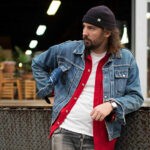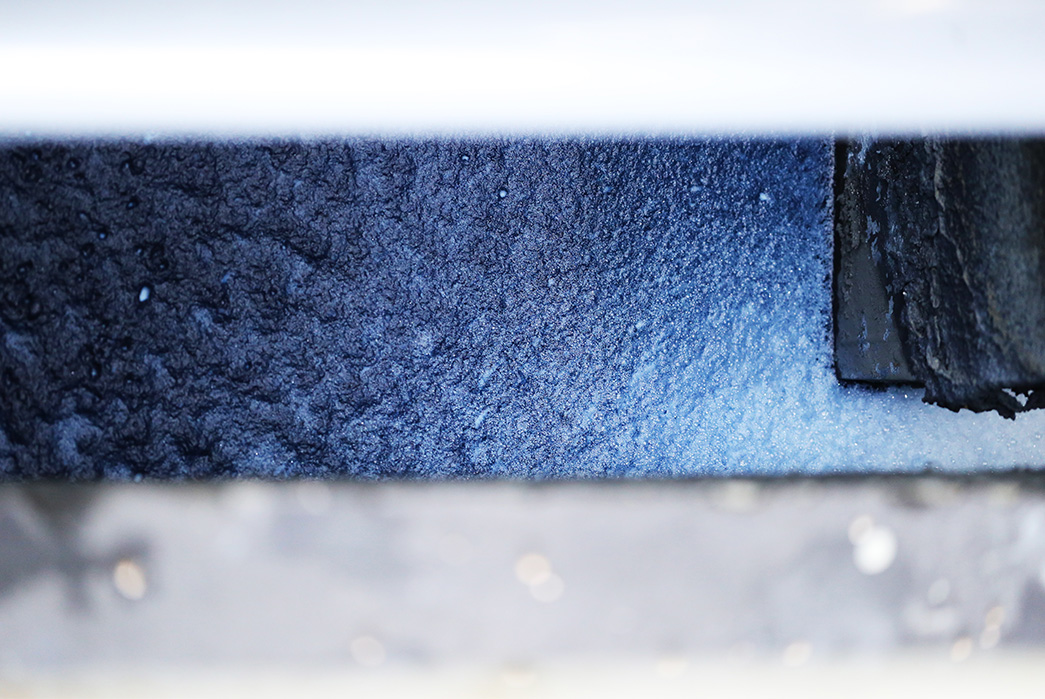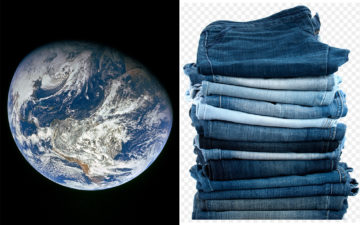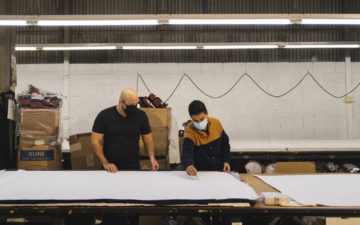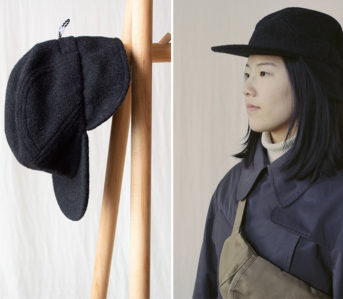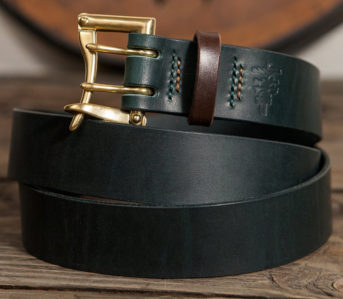
If you’re like me, I’m sure you’ve encountered at least a couple “LEED-certified buildings” over the past few years. But if you’re also like me, you may have entered them with only a confused stare as to what that actually meant, and the differences between the metal levels of Silver, Gold, and Platinum that the certificate awards.
Luckily, I was able to chat with the proprietors of a brand new, top of the heap LEED-Platinum certified production facility in Karachi—Soorty’s new Denim Kind factory. Asad Soorty and Eda Dikmen walked me through the innovations and breakthroughs in creating the new facility to be one of the most environmentally-conscious and resource efficient places to make denim in the world.
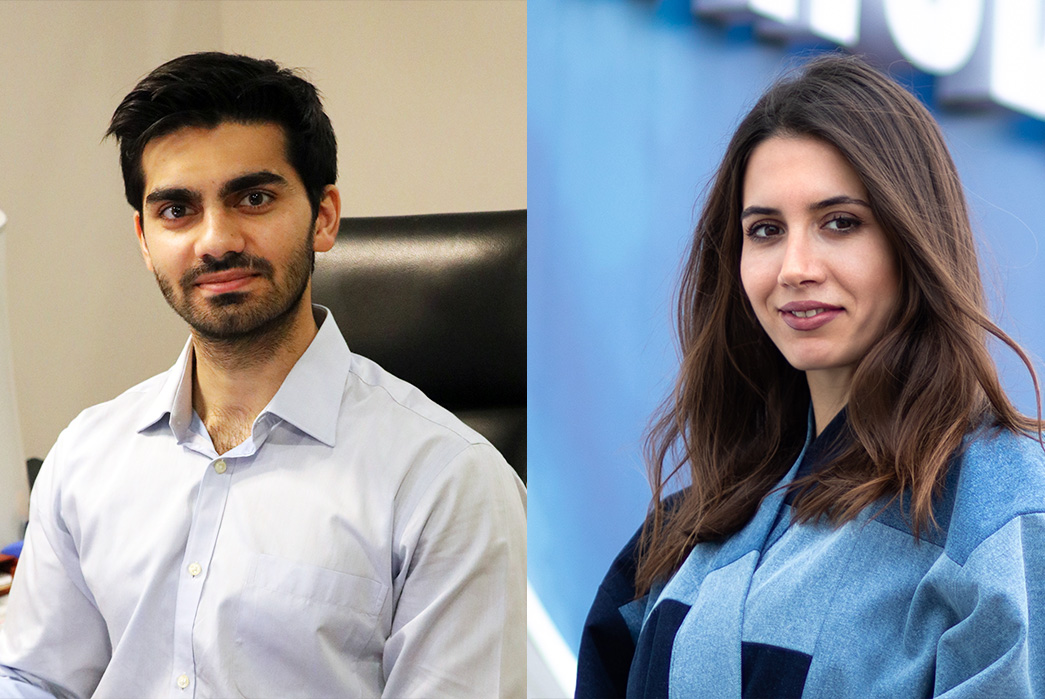
Asad Soorty (left) and Eda Dikmen (right).
Heddels (David Shuck): What is the concept/philosophy behind the Denim Kind production facility?
Asad Soorty (AS): Denim Kind was made with the goal to be future proof. It is LEED-Platinum certified and is the most sustainable mass-production garment factory in the world. The fashion industry is highly resource and labour intensive; and we aim to disrupt the industry with Denim Kind. Denim Kind reuses 85% of its water, captures 95% of the sunlight for solar panels which power the sewing floor, recycles 90% of the waste it produces and reduces 35% of energy consumption.
Eda Dikmen (ED): Denim Kind is based in a semi-arid city that is currently experiencing a disastrous water crisis. Minus Zero Waste, the mindset we’ve embraced for a while now, is at the core of the whole philosophy of this facility where we perceive denim as a power of good, a tool for kindness, a tool to bring positive change on Earth. This means not only limiting our use of precious resources, but also giving back to the environment, to our planet, that so generously offers all these to us. Obviously this comes with Reducing, Reusing, Repurposing, Recycling, and Reloving. Making more with what is less.
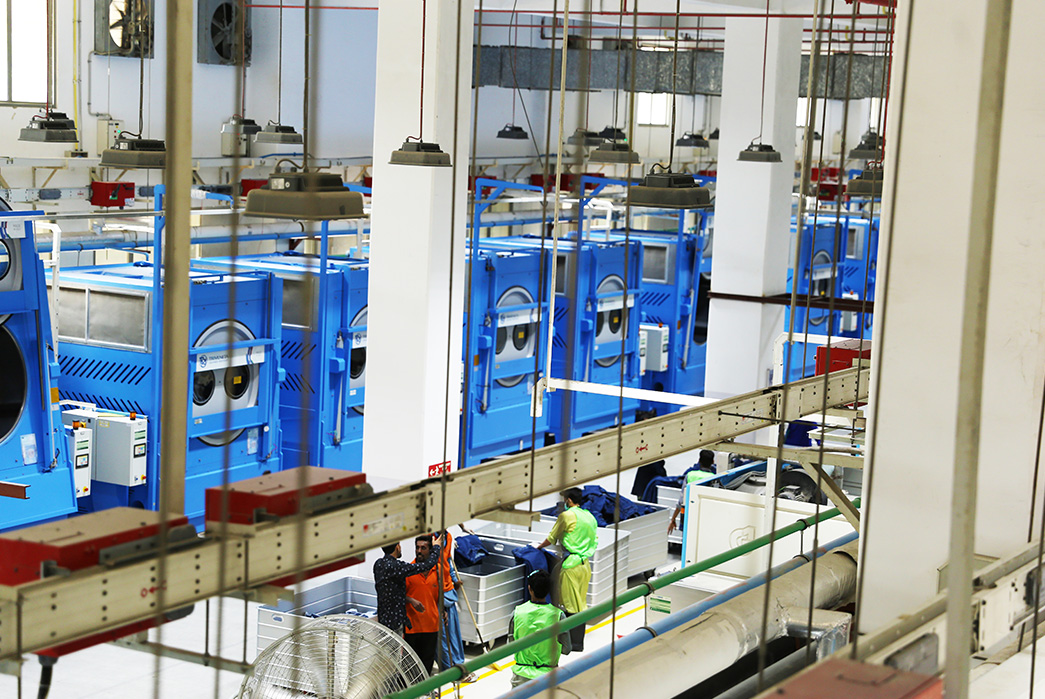
H: Where is Denim Kind located? How long has it been operational and how long did it take to make it?
AS: Denim Kind is located in Karachi, Pakistan and has been operational for 5 months. It took 4 years to make, starting from the idea generation, blueprint finalization till its first bulk shipment.
H: What are the capabilities of Denim Kind—spinning, dyeing, weaving, sewing, washing, etc.? Is it totally vertically integrated?
AS: Denim Kind is a jeans making facility, converting denim fabric into jeans. This includes cutting, sewing, washing and dry processing, and packing.
ED: While denim is such a labor and resource intensive industry; the future possibilities we (the different players within the industry) can co-create as we join forces for a better world are also numerous. Denim Kind represents how the future of denim production will look like by bringing fashion, technology and responsibility at scale together – it was engineered, crafted and realized with design thinking principles for extremely high efficiency, automization and resource allocation.
For example, the building generates highly by green energy with solar energy panels at the roof top and natural gas generators inside. The power is later being distributed throughout the facility’s various floors through a bus way system, meaning no cables on sight and hence, extreme electrical safety. We are recycling 85% of our water input, through different techniques, and the end result is not simply okay for jean production – it is so clean the water is classified as drinkable! Washing our jeans with water of such high quality ensures the bright indigos and rich denim looks. In addition, we capture rainwater in Denim Kind; and all these put together saves enough water to meet the daily water needs of 15,000 people; which we proudly count as a capability.
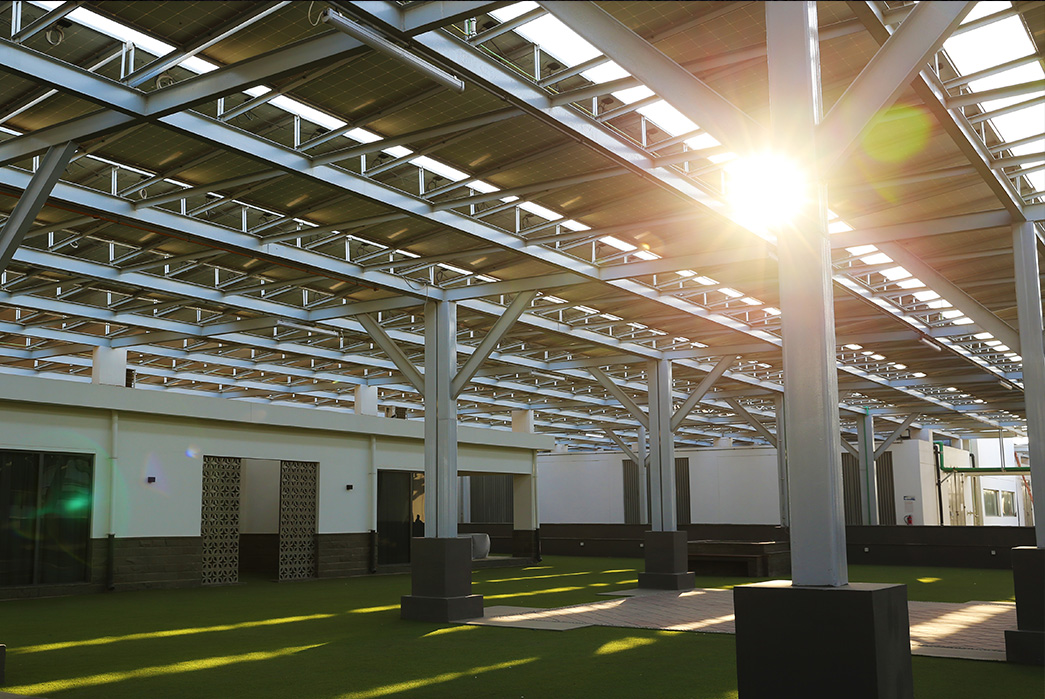
H: What is the output Denim Kind is capable of (number of garments or meters of fabric annually)?
AS: Denim Kind has a production capacity of 14.4 million garments annually
H: How much more efficient is Denim Kind in comparison to a conventional denim manufacturing facility?
AS: Denim Kind has a lean process flow, fully air conditioned production floors and highly automated machinery. This has led to shorter lead times and a low inventory production model. It has also meant highly consistent bulk washing production and sewing workmanship.
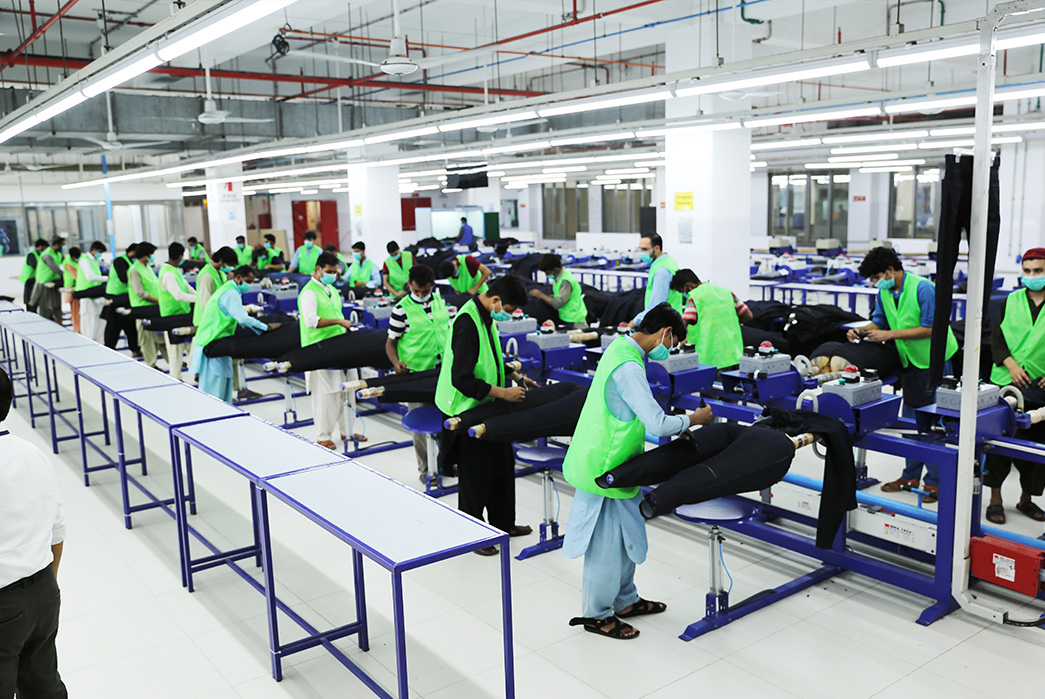
H: How much more efficient Denim Kind is with natural resources as well? How much less water/chemicals/virgin cotton/etc. does the plant use?
AS: Soorty Enterprises is Pakistan’s largest vertically integrated denim company and the global game-changer when it comes to innovations that drive sustainability. In the last 4 years, we have invested $120 million in sustainability, including Denim Kind. Design for purpose is a key value in Soorty’s journey towards a better future.
Denim Kind is a living example of our philosophy which is applied every day to develop systems that allocate and utilize resources efficiently. Realized by a team of leading and highly respected multinational experts, this factory sits at the crossroads of engineering, design, and responsibility, having surpassed all milestones of sustainability, worker health, safety, and automation.
Some examples on could be:
- Denim Kind has been working on resource efficiency and installed Solar Panels (950KW) which not only reduces the usage of Natural Fuel resources but also curtails the greenhouse gas emission, thereby reducing the environmental footprint.
- Denim Kind has installed state of the art washing machines that works on less energy as well as reduced water usage. The Core and Up system allows us to use a liquor ratio of 1:2 and reducing the usage of water from 1:8 and saving 75% of water compared with conventional washes.
- The chemicals are thoroughly screened and procured from ZDHC compliant suppliers. Further, eco-Wash eliminates the usage of KMnO4 which reduces the usage of hazardous chemicals from our value chain.
- The HVAC Chiller System operates from the exhaust gases of Power Generators which previously were emitted.
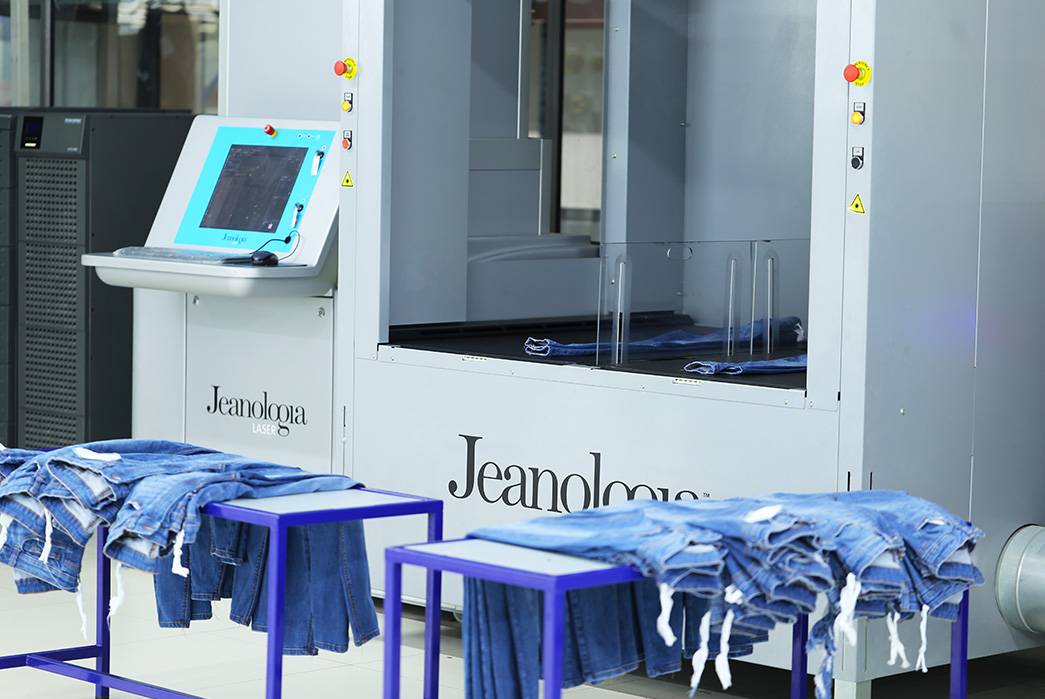
H: What innovations/changes had to be made to become LEED Platinum certified?
ED: LEED, or Leadership in Energy and Environmental Design, is the most widely used green building rating system in the world. Providing a framework to create healthy, and highly efficient green buildings; LEED credit categories include water and energy efficiency, indoor air quality, materials and resources used, innovation in operations and regional priority, and lastly, sustainable sites. Denim Kind has been awarded with the highest category, that is Platinum.
AS: LEED is the gold standard for ratings all types of buildings. Besides the textile and apparel sector, famous buildings around the world are also LEED certified, such as The Bank of America Tower in Manhattan and Sears Tower in Chicago. Eda already stated the key areas for LEED certification but let me give you some interesting examples of LEED requirements.
In greenfield projects like ours, the top layer of organic soil that is excavated during construction, actually needs to be stored and then reused. In normal projects, this soil is simply disposed.
All chemical compounds used in the property, from small items like the adhesive used in the furniture and the grouting in between two tiles, to the paint on the walls, need to be free from (or within limits of) Volatile Organic Compounds (VOCs). Lastly and importantly, all equipment used – chillers, air handling units, faucets, flush tanks, lights etc. need to be highly energy efficient with a high coefficient of performance. These are just examples of LEED requirements.
To learn more about Soorty and Denim Kind, visit their website.
